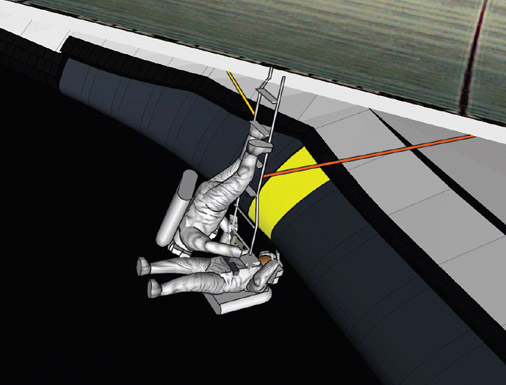Archibald
Banned
You guys are bold and imaginative. 
(actually this is a little discouraging - manoeuvering in orbit is really not easy. A little climbing or a very little plane change eat your manoeuvering capabilities pretty quickly)
ELV packages are necessary to push the February 15 dead-line if Atlantis ever suffer a glitch - but the packages absolutely need to be guided and propelled by... something. Stay tunned.
This is a very informative post, didn't knew that. As I mentionned before, the CAIB report explicitely mentions 448 ft/s manoeuvering capability left to Columbia - roughly 150 m/s. Barely enough to chase a couple of packages, if all goes well of course. Thanks for the math once again.However, it's common even with specifically designed orbital launch vehicles to miss the target orbit by anything like 3 km in perigee/apogee and perhaps a quarter of a degree in inclination.
(snip)
This would then require the shuttle to expend almost 75 m/s of delta-v to run down each package--75 out of a total of 300, some of which has already been used.
(actually this is a little discouraging - manoeuvering in orbit is really not easy. A little climbing or a very little plane change eat your manoeuvering capabilities pretty quickly)
ELV packages are necessary to push the February 15 dead-line if Atlantis ever suffer a glitch - but the packages absolutely need to be guided and propelled by... something. Stay tunned.
Last edited:
